How to Ask for Directions in Spanish
While the GPS on your phone can be a great resource, you never know when you’ll be left with no signal or a dead battery. That’s why it’s important to know how to ask for directions in Spanish before your trip to any Spanish speaking destination. Today you’re going to learn the most important phrases from our lesson on How to Ask for Directions in Spanish. If you haven’t already, check out the video below to hear these phrases used in real-life situations.
Approaching People
The most natural way to approach a local to ask them anything is by saying the following:
- Disculpa (informal) – Excuse me
- Disculpe (formal) – Excuse me
- Señorita – Miss
- Joven – Young man
- Señor – Sir
- Señora – Ma’am
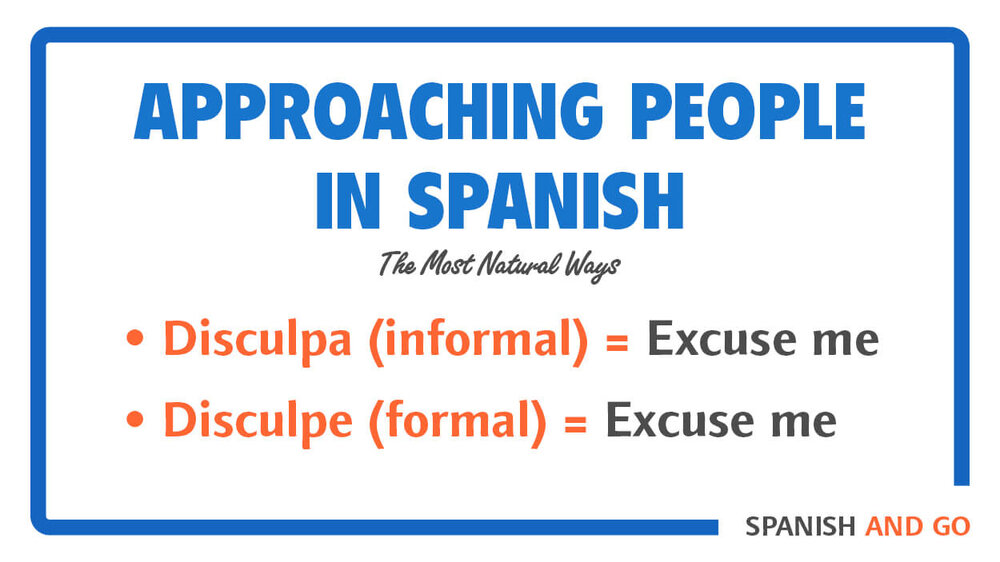
Or also by greeting them:
- Buenos días – Good morning
- Buenas tardes – Good afternoon
- Buenas noches – Good evening
Asking for directions
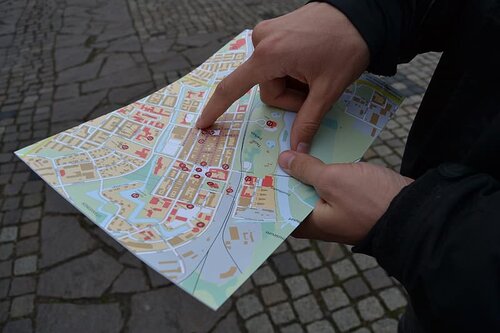
Once you’ve got the local’s attention, there are several ways you can ask them for directions. The easiest way of doing so is by simply saying the name of the place we are looking for. It must be done as a question so the intonation is key here. If you don’t make it clear that you’re asking a question the other person may get confused. Here are some examples:
- Disculpa, ¿la catedral?
- Señor, ¿la entrada al museo?
- Buenas tardes. ¿La terminal de autobuses?
You can also just tell them that you are looking for a certain place and it will be implied that you are expecting them to help you by giving you directions.
- Busco la estación del metro más cercana. – I’m looking for the closest metro station.
- Estoy buscando un cajero automático. – I’m looking for an ATM.
You could also ask explicitly for directions in the following ways:
- ¿Dónde está el Museo de Arte Moderno? – Where is the Museum of Modern Art?
- ¿Dónde están las escaleras? – Where are the stairs?
- ¿Cómo llego al parque? – How do I get to the park?
- ¿Sabes si está por aquí el centro comercial? – Do you know if the mall is around here?
- ¿Hay un hospital cerca de aquí? – Is there a hospital around here?
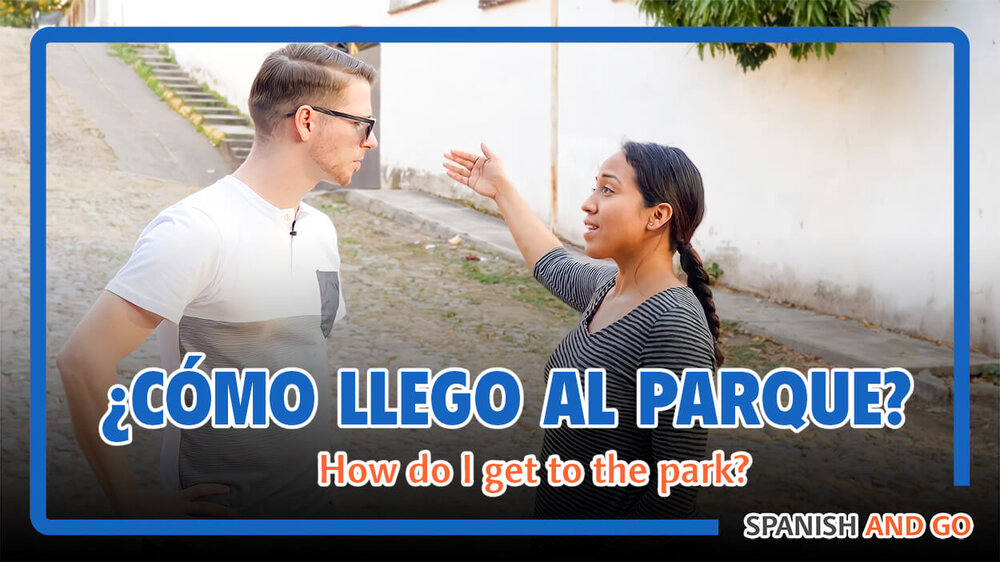
Here are some other questions and phrases that might be useful when you are in a new place.
- ¿Qué tan lejos está el/la… del/de la…? – How far is the… from the…?
- ¿Dónde puedo tomar un taxi? – Where can I take a taxi?
- ¿Pasa por aquí el camión que va a…? – Does the bus to… pass by here?
- ¿Cuál es la mejor forma de ir a…? – What is the best way to go to…?
- Estoy perdido/a. – I’m lost.
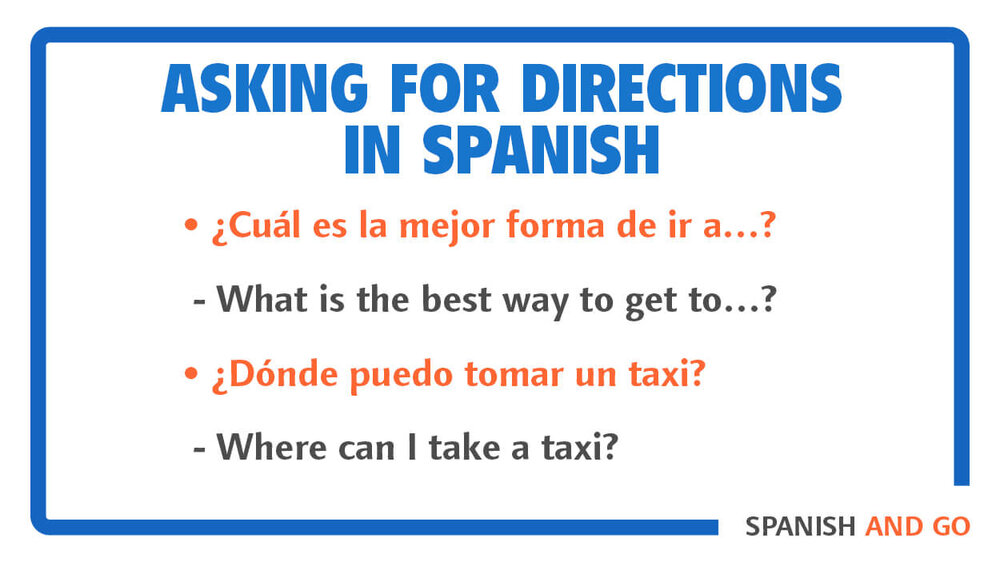
Receiving directions
Once you have successfully asked for directions, next comes the most important and challenging part: understanding the answer you get. So here you have a list of the words we use the most when giving directions.
Basic Directions
- Derecho – Straight
- Derecha – Right
- Izquierda – Left
- Adelante – Ahead
- Atrás – Behind
- En frente – In front
- Lejos – Far
- Cerca – Close
- Al lado – Next to
- En – At
- Adentro – Inside
- Afuera – Outside
- Desde – From
- Hasta – Until
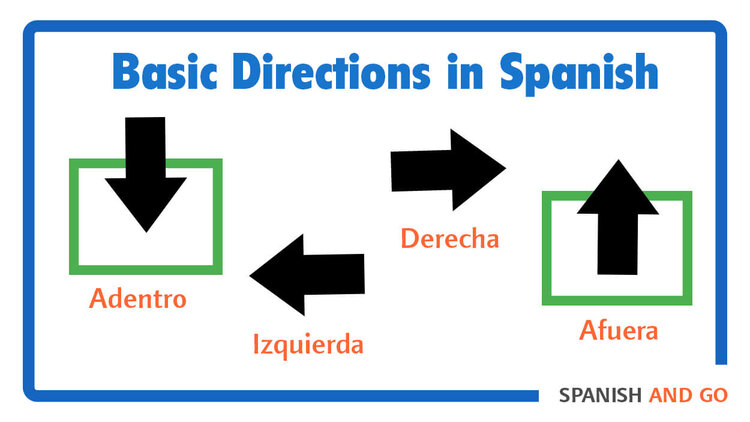
Actions
- Ve (informal) – Go
- Vaya (formal) – Go
- Camina – Walk
- Sigue – Continue
- Rodea – Go around
- Gira a la derecha/izquierda – Turn right/left
- Da vuelta a la derecha/izquierda – Turn right/left
- Sube – Go up
- Baja – Go down
- Sal – Go out
- Entra – Enter
- Pasa por – Pass by

Places
- La calle – Street
- La banqueta – Sidewalk
- La cuadra – Block
- La esquina – Corner
- La glorieta – Roundabout
- El camellón – Median strip
- El semáforo – Traffic light
- La entrada – Entrance
- La salida – Exit
- La taquilla – Ticket office
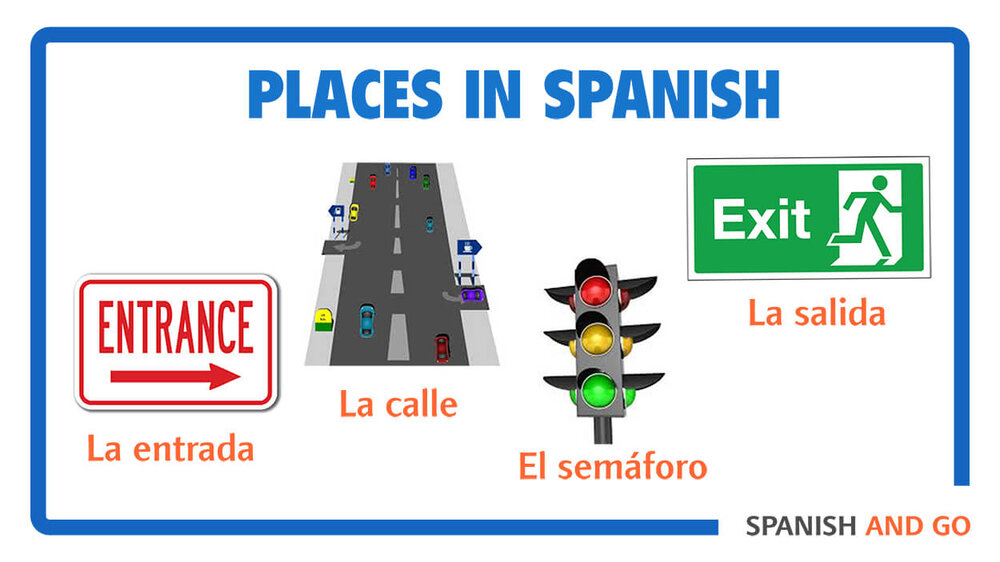
Common expressions in Mexico
- Todo derecho – Straight
- A espaldas de – Behind
- Contra-esquina – Kitty-corner
- Hasta topar con el/la… – Until you come to the…
Ask More Than One Person!

I don’t know if it happens only in Mexico or if it’s a Latin-American thing, but we have the weird habit of giving directions even if we don’t actually know how to get to where we’re being asked. I don’t know why we do it. I guess we like feeling helpful or maybe we don’t like not having an answer. Pay attention to the people’s reaction right after you ask them how to get somewhere. My advice is: if they hesitate and it takes them some time to “remember” where the place you are looking for is, then don’t listen to them and ask someone else. Only follow the instructions of those who answer quickly and confidently.
Feeling confident
As Spanish is foreign language for you, you are not expected to understand everything the first time. You can get people’s empathy and understanding by telling them a little about you. For example:
- Estoy aprendiendo español y todavía es difícil para mí entender. – I’m learning Spanish and it’s still difficult for me to understand.
- Soy estudiante de español así que necesito que hables despacio, por favor. – I’m a Spanish student so I need you to speak slowly, please.
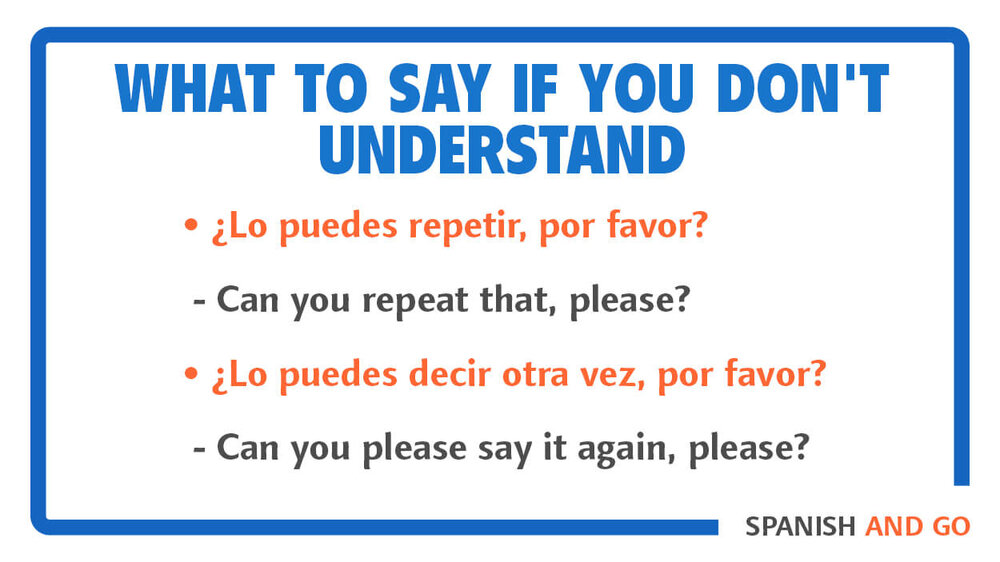
So don’t be worry if you have to ask them to repeat one more time…
- ¿Cómo? – Come again?
- ¿Lo puedes repetir, por favor? – Can you repeat that, please?
- Disculpa, no entendí bien. ¿Lo puedes decir otra vez, por favor? – Sorry, I didn’t get it. Can you please say it again?
… or to speak slower.
- ¿Puedes hablar más despacio, por favor? – Can you please speak more slowly?
- ¿Lo puedes repetir más lento, por favor? – Can you please repeat it slowly?
Think of asking for directions as a way of practicing your Spanish with a native speaker, which is the best way of improving your conversational and listening skills. Make sure you watch the video to listen to the pronunciation and learn even more useful phrases for asking for directions in Spanish.
Photo of a woman pointing by Andrea Piacquadio from Pexels.
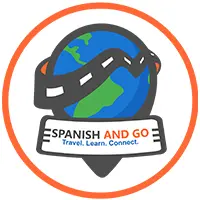

Related Posts
5 Tips to Achieve Spanish Fluency You Can Start Using TODAY
Different Ways to Say Dog in Spanish
An Honest Rocket Spanish Review [2021 Edition]